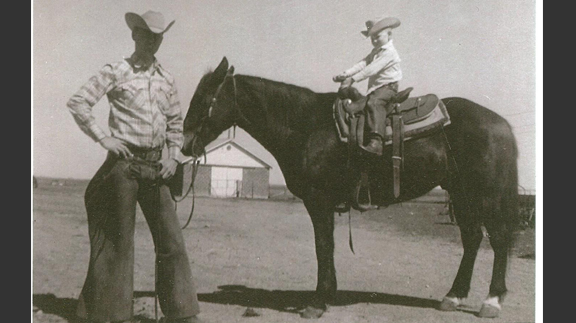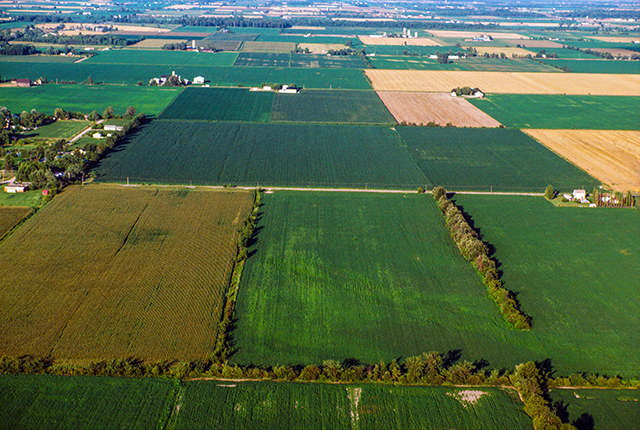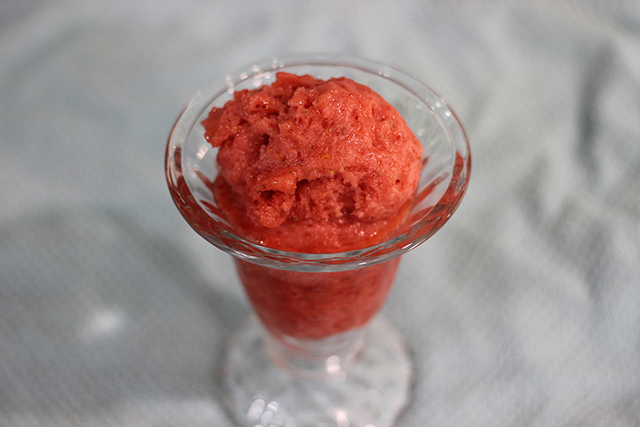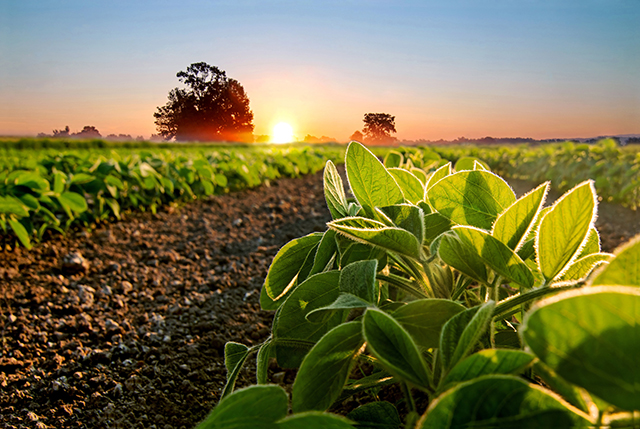Country Lifestyles
October 2016 Profile – George Seals: “Those Seals Boys— They were Cowboys all their Life”

By Jessica Crabtree
When asked his full name, he replied “Billy George Seals, outa’ chute number 1,” he smiles. Born August 16, 1931, to George Thomas “Bud” Seals and Willie Mae Pennington Seals, he was the older of two boys. Bobby Leon came 14 months later. The two would grow to fight, argue and fuss, but be life-long friends and brothers.
Seals has been a Denton Countian all his life. Born, raised and lived out his 85 years on the very place his father and mother settled on. Bud was born in Sanger and Willie Mae was born in Denton County but raised on a ranch in Palo Pinto County. “I’ve lived here all my life,” Seals said. “One of my first memories in the ’30s was the dirt roads that ran through here got real muddy. There were stuck cars and my daddy took his team of horses and pulled the cars out,” Seals reminisced. Seals’ fondest memories are learning to swim in Oliver Creek, riding horseback to watch rail cars be loaded with cattle, hogs or sheep and summer rodeos.
Bud was a farmer and trained horses to pull together as a team. Seals recalls the “broncs” well. Even one in particular named Queen. “My daddy had a saddle with a square skirt. Bobby and I saw a saddle somewhere that had round skirts and cut our saddle to look just like it. I still have a picture of me on Queen riding that saddle.” Seals’ father was a trader by nature. “Milk cows, horses, cows, whatever it was Daddy would trade on it. Anything to make a dollar,” Seals said. “He had an old Model-T. He’d go all over Mansfield, Bowie and McKinney area. He’d leave with a load of stuff and come back with even more,” Seals laughed. “He knew so much about knives and guns. He was just a natural born trader,” Seals said about his father.
To read more pick up a copy of the October 2016 NTFR issue.
Country Lifestyles
While We Were Sleeping

By Martha Crump
That old adage, “What you don’t know won’t hurt you.,” may have some basis in truth when applied to minor situations. However, when what you don’t know is presented in the form of a “Trojan Horse” and is what amounts to an incredible attempt to fleece American property rights, it becomes a different story altogether.
To put this unbelievable tale together, we need to step back to Joe Biden’s 2021 Executive Order which pledged commitment to help restore balance on public lands and waters, to create jobs, and to provide a path to align the management of America’s public lands and waters with our nation’s climate, conservation, and clean energy goals.
To read more, pick up a copy of the April issue of NTFR magazine. To subscribe by mail, call 940-872-5922.
Country Lifestyles
Lacey’s Pantry: Strawberry Sorbet

By Lacey Vilhauer
Ingredients:
1 whole lemon, seeded and roughly chopped
2 cups sugar
2 pounds strawberries, hulled
Juice of 1 to 2 lemons
¼ cup water
Directions:
Place the chopped lemon and sugar in a food processor and pulse until combined. Transfer to a large bowl. Puree the strawberries in a food processor and add to the lemon mixture along with juice of one lemon and water. Taste and add more juice as desired.
To read more, pick up a copy of the April issue of NTFR magazine. To subscribe by mail, call 940-872-5922.
Country Lifestyles
A Mountain Out of a Molehill

By Nicholas Waters
As winter plods along – come Spring and gopher mounds – homeowners and farmers find themselves playing a familiar song – fiddling while Rome is burning.
Let’s make a mountain out of a molehill. Those mounds on your lawn and pasture could be moles, but they’re more than likely gophers; Plains Pocket Gophers to be pragmatic – Geomys bursarius to be scientific.
These rodents dig and chew, and the damage they can do goes beyond the mounds we mow over. Iowa State University cited a study in Nebraska showing a 35 percent loss in irrigated alfalfa fields due to the presence of pocket gophers; the number jumped to 46 percent in decreased production of non-irrigated alfalfa fields.
The internet is replete with academic research from coast-to-coast on how to curtail gopher populations, or at least control them. Kansas State University – then called Kansas State Agricultural College – also published a book [Bulletin 152] in February 1908 focused exclusively on the pocket gopher.
To read more, pick up a copy of the April issue of NTFR magazine. To subscribe by mail, call 940-872-5922.
-

 Country Lifestyles1 year ago
Country Lifestyles1 year agoScott & Stacey Schumacher: A Growth Mindset
-

 Equine7 months ago
Equine7 months agoThe Will to Win
-

 Country Lifestyles7 years ago
Country Lifestyles7 years agoStyle Your Profile – What your style cowboy hat says about you and new trends in 2017
-

 Country Lifestyles4 years ago
Country Lifestyles4 years agoAmber Crawford, Breakaway Roper
-

 HOME7 years ago
HOME7 years agoGrazing North Texas – Wilman Lovegrass
-

 Country Lifestyles7 years ago
Country Lifestyles7 years agoDecember 2016 Profile, Rusty Riddle – The Riddle Way
-

 Country Lifestyles8 years ago
Country Lifestyles8 years agoJune 2016 Profile – The man behind the mic: Bob Tallman
-

 Outdoor9 years ago
Outdoor9 years agoButtercup or Primrose?






